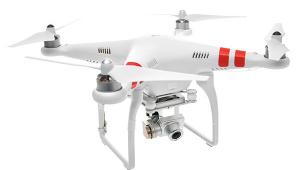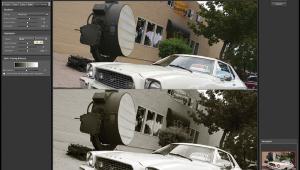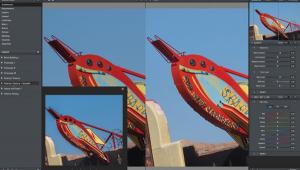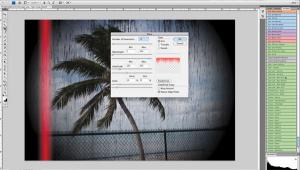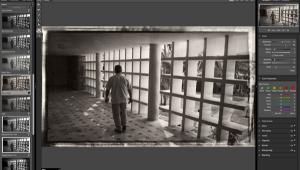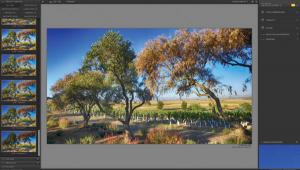Digital Innovations
New Computers, New Standards, And A New Century
| "Get on the bus, Gus"--Paul Simon Recently I've been
testing Apple Computer's hot new 400MHz Power Macintosh G3 computer.
With its futuristic styling the G3 is clearly designed for the next
century, but part of this approach includes a lack of "old school"
ports, connections, and amenities. There are three models of the G3,
including 300MHz, 350MHz, and 400MHz, but only the 400MHz model had
SCSI (Small Computer System Interface) as standard equipment. Even the
G3's internal hard disk is not SCSI but an IDE (Integrated Drive
Electronics) drive. Instead of the formerly standard SCSI and serial
ports, all G3s have two FireWire--a.k.a. IEEE 1394--and two USB (Universal
Serial Bus) ports which allow users to connect many different kinds
of peripherals without opening the computer's case or shutting
the system down. What's more, you can chain up to 127 USB devices
together through a single port; a thought that makes some old-time computerist's
hair turn white. The USB standard has been around for two years, but
withered because of lack of support from Microsoft. In typical Apple
fashion, the iMac made it cool, but 90 percent of all PCs sold last
year include USB ports. |
- Log in or register to post comments
